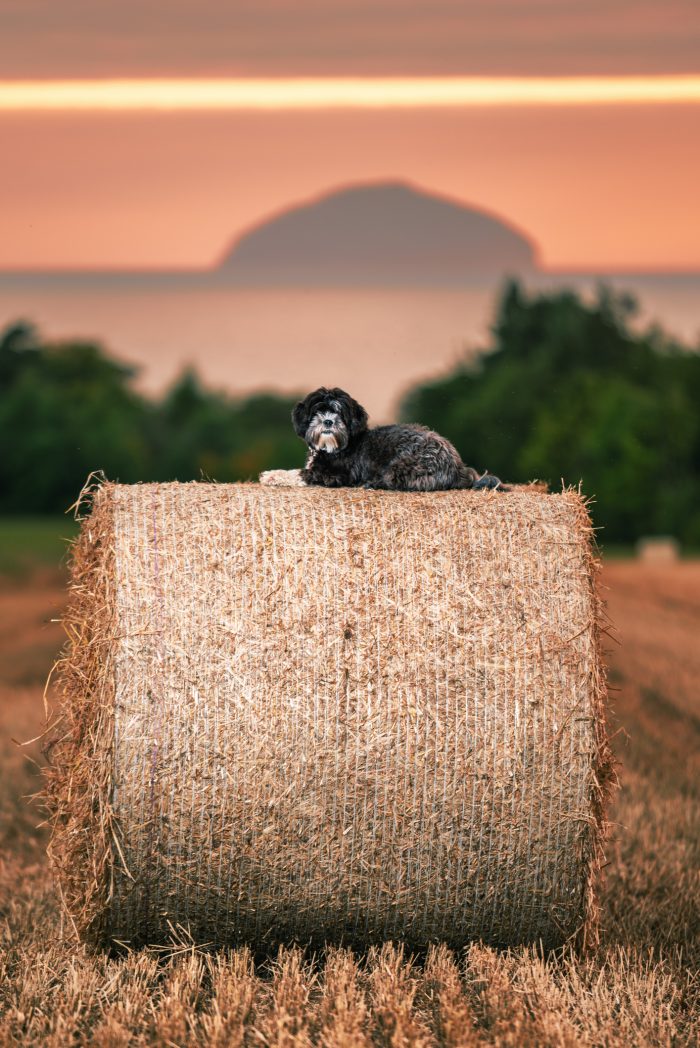
We revisit the importance of Tibetan lamas to breeds of that country by approaching it from a different angle, but first, let’s review.
Tibetan lamas played a crucial role in the development, preservation, and cultural significance of at several Tibetan breeds, including the Lhasa Apso, Tibetan Spaniel, Tibetan Terrier, and the Tibetan Mastiff. Not only did lamas breed the dogs to be companions, sentinels, and protectors, but lamas (technically teachers or spiritual leaders in Tibetan Buddhism) maintained the purity and traditions associated with the breeds for centuries.
Aside from the practicality of having dogs live at monastaries, Lamas also attributed spiritual powers to certain breeds; lamas believed that a Lhasa Apso, for example, could bring prosperity and fortune because the breed was seen as an embodiment of the Snow Lion. As such, the breed was incorporated into Buddhist teachings and symbolism which ensured its continued importance in Tibetan society. Many sources also report that lamas believed the Lhasa Apso offered temporary refuge for the souls of deceased lamas awaiting reincarnation.
In time, the outside world would come to know of Tibetan breeds, in part because lamas, especially high-ranking ones, maintained a tradition of gifting Tibetan dog breeds to dignitaries and foreign leaders which underscored their value as a cultural asset.
Many of you who are well read and/or experienced dog people already know this about Tibetan breeds, but did you know that female Tibetan lamas were equally important in fostering Tibetan breeds?
Female lamas have existed in Tibetan Buddhism for centuries, their stories often overlooked or hidden compared to their male counterparts. Women recognized as lamas were called “jetsunmas,” meaning “venerable woman” or “one worthy of worship,” and while most female lamas were recognized later in life after demonstrating their abilities, some were born into families that conferred the jetsunma title at birth. One such example is the Sakya Khön family which has a tradition of training both sons and daughters as spiritual teachers for over 1000 years. In fact, the Khön family lineage is said to originate from celestial beings, giving it a divine ancestry in Tibetan Buddhist mythology. The family’s cultural impact is so significant that Tibetan legend holds that if the Khön lineage were to be broken, it would symbolize the end of Buddhism on earth.
Jetsunmas in the Sakya tradition begin studying with high-level lamas when they are six years old and typical start by learning to learn to read Tibetan texts which form the foundation of their religious education. They receive “empowerments” (“wang” in Tibetan) from an early age that serve as introductions to specific deities, and the child is taught how to perform daily practices associated with that deity. Eventually, a young Jetsunma goes on retreats to deepen her understanding and connection with the deity, and when all is said and done, a Jetsunmas’ receives same religious training as her male counterpart.
Before 1959, Jetsunmas were encouraged to live as nuns to pursue their religious practice, and Sakya Jetsunmas didn’t live in nunneries, but rather, in dedicated residences called “labrangs” maintained exclusively for daughters of the Sakya Khon family. Each Sakya palace had five labrangs for their daughters, and if there were more than five daughters, some would share a labrang. Some Jetsunmas stayed in their labrang for their entire life, essentially living in lifelong retreat, but as an aside, monks and jetsunmas initially studied together at the Kopan Monastery until 1994 when a separate nunnery was built to provide dedicated facilities for the women.
A Jetsunma was no less a spiritual teacher than a male lama, and she, too, would have helped preserve and fostering a deep appreciation for Tibetan dogs, particularly the Lhasa Apso, whose role in the cycle of rebirth as temporary refuge for the souls of deceased lamas awaiting reincarnation is crucial.
Image by Samuel Quinn/iStock
